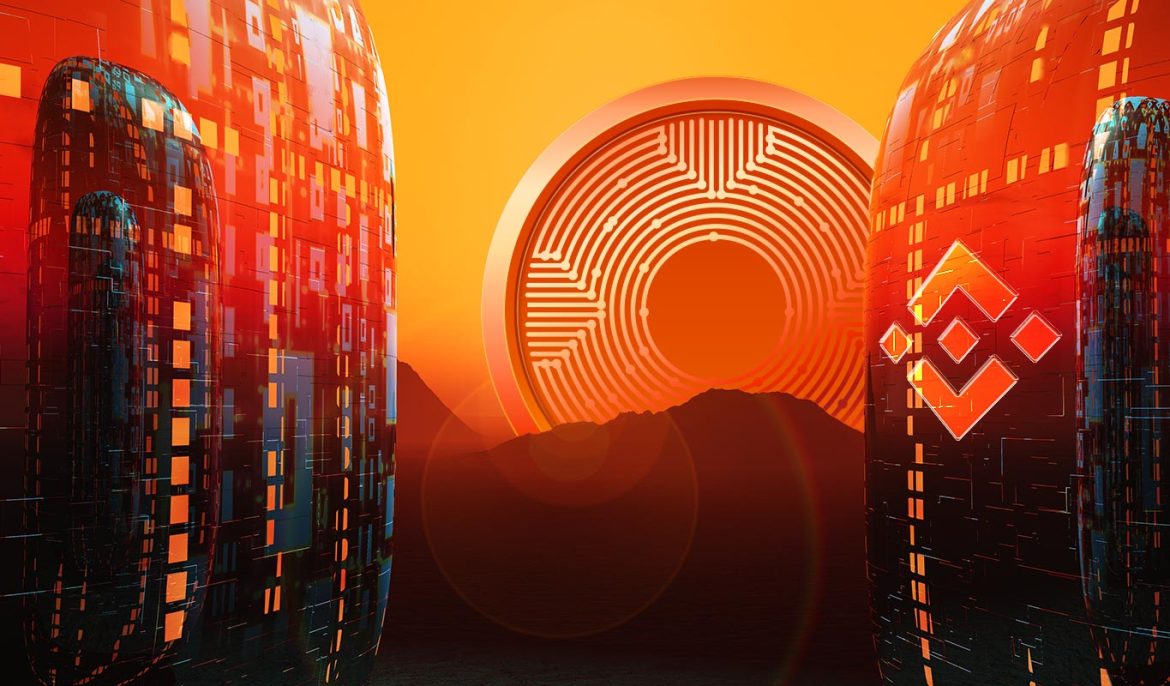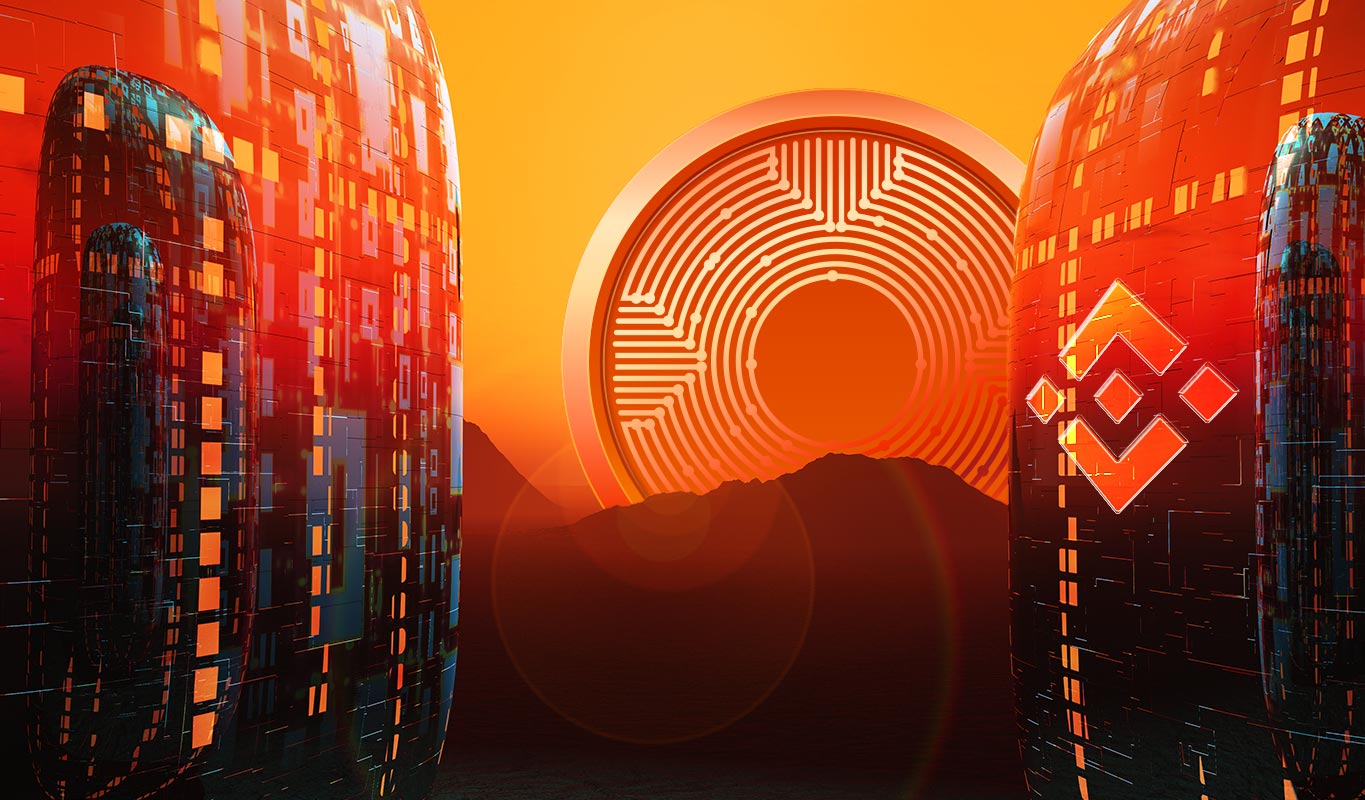The AI Crypto Hype Meets Reality: Dissecting Sahara AI ($SAHARA)’s Dramatic Price Crash
The cryptocurrency market has always been a rollercoaster of highs and lows, driven by hype, speculation, and the promise of revolutionary technology. One of the latest projects to experience this volatile ride is Sahara AI, whose $SAHARA token saw a dramatic price crash shortly after its highly anticipated launch. This event serves as a microcosm of the broader trends in the crypto space, particularly the intersection of artificial intelligence (AI) and blockchain technology. The story of $SAHARA’s rise and fall offers valuable insights into the dynamics of token launches, investor psychology, and the often-fleeting nature of market euphoria.
The AI Token Gold Rush and $SAHARA’s Arrival
The fusion of AI and blockchain technology has captured the imagination of investors and developers alike. The potential for decentralized AI applications, such as censorship-resistant data markets, privacy-preserving computation, and borderless access to next-gen machine learning, has made AI-focused projects some of the most sought-after in the crypto space. Sahara AI positioned itself at the forefront of this trend, branding itself as a Layer 1 blockchain specifically designed to support AI applications. The project’s marketing emphasized buzzwords like “decentralized platform,” “AI Marketplace,” “Identity & Reputation,” and “Knowledge Agents,” tapping into the current zeitgeist of AI-driven innovation.
With such a promising vision, $SAHARA was poised for a spectacular debut. The project secured listings on major exchanges like Binance, Bitget, OKX, and Upbit, which are often seen as stamps of legitimacy in the crypto world. The token’s pre-market price hovered around $0.10, and the circulating supply was relatively modest, setting the stage for what was expected to be a highly successful launch. The project’s presale, an 8% airdrop, and ambitious promises about shaping the future of decentralized intelligence further fueled anticipation.
Listings and Initial Frenzy: Crypto’s Version of an IPO Pop
Exchange listings are often the culmination of a project’s marketing efforts, representing the ultimate mainstreaming event for any token. These listings attract hordes of traders who view them as signals of legitimacy and often expect “listing pumps”—massive surges in price as new money rushes in. The fear of missing out (FOMO) drives both veteran speculators and newer entrants to jump on the bandwagon, hoping to capitalize on the next big thing in AI.
However, this gold rush dynamic is a double-edged sword. Pre-market holders and airdrop recipients often see listings as their liquidity event—the moment they can finally sell their tokens at whatever the market will bear. If hype outweighs caution and the float is large enough, a significant portion of tokens can hit the market all at once, creating a supply glut that can quickly drive prices down.
The Anatomy of the $SAHARA Crash
Despite the initial excitement, $SAHARA’s price did not soar as expected. Instead, it experienced a dramatic crash, losing over 60% of its value within hours of trading. Several factors contributed to this violent swing:
Oversupply at Launch
To generate buzz, Sahara AI distributed tokens through presales, airdrops, and community rounds. When trading began, a large number of these tokens suddenly became liquid—far more than organic trading could absorb at higher prices. This oversupply created downward pressure on the price, as the market struggled to find buyers for the sudden influx of tokens.
Airdrop and Pre-Sale Dumping
Those who received tokens for free through airdrops or at deeply discounted presale prices had little incentive to hold onto them. Instead, they saw the listing as an opportunity to sell for a quick profit. This classic sell pressure further exacerbated the price decline, as early holders rushed to exit their positions.
Lack of Real Demand—Yet
While the AI narrative drives headlines, there is often a disconnect between speculative fever and actual utility. In the market’s eyes, Sahara AI’s promises were worth less than cash in hand. Early sellers often beat down the price until it finds a base of genuinely interested holders—not just airdrop claimers. This lack of real demand contributed to the rapid price decline.
Thin Order Books and Whiplash
Automated market making and fragmented liquidity on smaller trading pairs mean that a few large sells can have an outsized impact. Traders panic, stop-losses trigger, and a “cascade” follows, accelerating the decline. This thin order book effect was particularly pronounced in $SAHARA’s case, as the sudden influx of sell orders overwhelmed the market’s ability to absorb them.
Catalysts: Exchange Announcements
Multiple exchanges listing $SAHARA in quick succession turned potential good news into a perfect setup for coordinated selling. Everyone knew that liquidity would be there, so the incentive was to sell fast. This coordinated selling further amplified the price decline, as traders rushed to exit their positions before the price fell further.
The Vicious Cycle of Hype and Fear
The paradox of exchange listings and airdrops is that they are designed to build community, distribute tokens widely, and elevate a project’s profile. However, if they happen too early—before there’s proven demand or sticky engagement with the platform’s AI tools—the market treats the token like a speculative plaything. Price becomes divorced from fundamentals, and fear feeds on itself.
$SAHARA’s experience mirrors earlier “sell the news” moments in crypto. On-chain data often shows airdrop claimers dumping large percentages of total supply during the first hours of trading, especially in sectors like AI, DeFi, or meme coins. Projects that launch with high fully diluted valuations (FDV) face immense hurdles, as the market questions who is actually willing to buy at multi-billion dollar valuations for a token that’s yet to prove itself. Exchange incentives for both liquidity providers and retail “airdrop farmers” can intensify these effects.
It’s not necessarily a sign that the core technology is a scam or won’t succeed long-term—rather, it’s a sign that crypto pricing is still dominated by supply/demand mechanics, not just technological promise.
Where Does Sahara AI Go from Here?
A steep post-listing drop isn’t a death sentence, but it changes the tone. Some possibilities for Sahara AI’s future include:
Price Floor Formation
If the team can re-engage interest with real AI applications, partnerships, and demonstrating utility for the token—beyond trading—a price floor may form. This would require sustained development and user growth, shifting the focus from speculation to real-world use cases.
Risk of Becoming a Cautionary Tale
If the decline persists, the project risks being seen as another “airdrop and dump” cautionary tale, making future community support harder to rally. This could lead to a vicious cycle of declining interest and further price drops.
Comparison to Other AI Blockchains
Sahara’s path mirrors what other Layer 1 AI blockchains, like Bittensor and Injective, have navigated. Only through sustained development and user growth can $SAHARA move from speculation fodder to a cornerstone of the AI x crypto intersection.
The Takeaway: Flashy Tokenomics Versus Enduring Value
$SAHARA’s crash is a powerful reminder that in crypto, narratives can fuel bubbles—but only execution and real demand can build lasting value. The allure of “the next big thing” in AI is irresistible, yet the market always calibrates back to fundamentals, especially when early holders see listings as exit opportunities rather than long-term confidence.
For those watching from the sidelines, $SAHARA’s drama underlines a few truths:
Expect Volatility
When hype, airdrops, and big listings collide, expect volatility. These are features, not bugs, in crypto’s current phase.
Real Utility is Key
Real utility is the only force that counterbalances early sell pressure. Projects that launch trading before delivering it risk rapid disillusionment.
Crypto’s Musical Chairs
Crypto remains a game of musical chairs: FOMO and panic are two sides of the same coin, and exchanges magnify both effects in equal measure.
Conclusion: Riding Hype Is Risky, Building Value Wins
Sahara AI’s spectacular plunge has become the latest lesson in speed-running the crypto market cycle. The AI narrative guarantees attention, but attention alone doesn’t buy token stability—or community loyalty. As the dust settles, Sahara’s future hinges not on announcements, but on whether it can drive real, organic demand for its technology.
For speculators, the warning is clear: every listing is an entry point for both buyers and sellers. For builders, the lesson is equally blunt—bull markets are fueled by stories, but only products turn those stories into sustainable ecosystems. Sahara AI’s journey from here will show whether it’s just another flash in the pan, or the start of something genuinely transformative in decentralized artificial intelligence.





